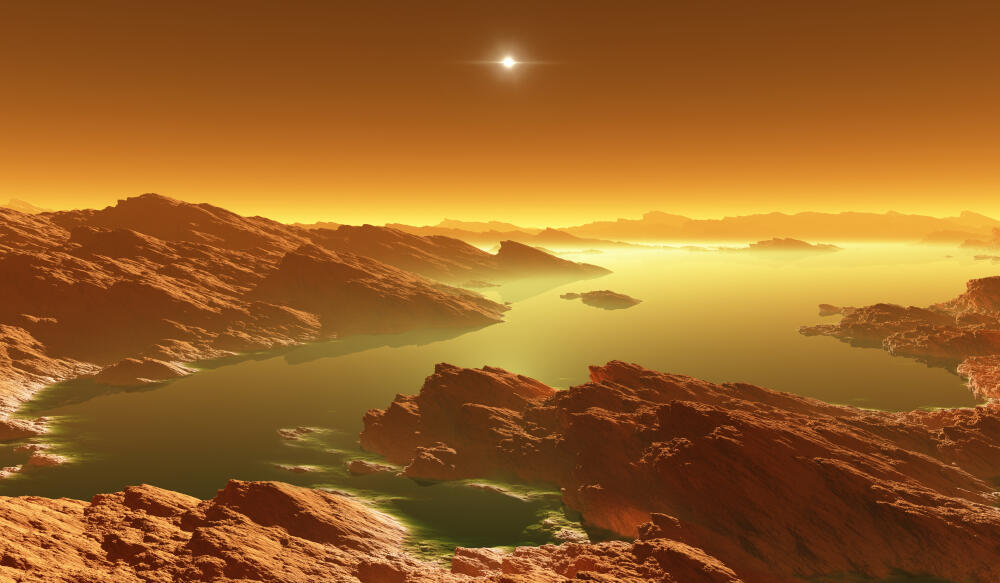Titan, Saturn's largest moon, has a unique geography with rivers, lakes, seas, and waves composed of liquid methane and ethane hydrocarbons due to extreme cold temperatures, making it unique in the solar system. The Cassini mission and Huygens lander confirmed the presence of these liquid bodies.
Researchers from MIT, the U.S. Geological Survey, and other institutions conducted a study published in Science Advances, using simulations to investigate the role of waves in shaping the shorelines of Titan's seas and lakes.
The study identified four of Titan's seas where wave-driven erosion likely sculpted the shorelines, validating their simulations by comparing with Earth lakes eroded by waves.
NASA states that Titan's largest seas are deep and wide, comparable to Earth's Great Lakes. Geologists believe that waves have shaped these large seas based on simulations, suggesting that erosion caused by waves may have sculpted the shores of Titan.
While initial analysis suggested Titan's seas and lakes were fairly flat with minimal wave activity, some researchers observed roughness on the liquid surface, indicating the presence of waves.
Direct observations are necessary to confirm the erosion theory due to challenges posed by Titan's atmosphere, distance from the Sun, and seasonal variations.
The researchers proposed three erosion scenarios for Titan's seas: no coastal erosion, erosion driven by waves, and uniform erosion caused by dissolution or gradual sloughing off of the coast. The researchers simulated all three scenarios and found that wave erosion smoothed out parts with the longest fetch distances, while uniform erosion widened shorelines all around the lake or sea. The researchers developed a technique to quantify differences between wave-driven and uniform erosion and found that wave erosion might be the primary cause of erosion on Titan, consistent with observed coastlines.
This article was written in collaboration with Generative AI news company Alchemiq
Sources: earthsky.org, universetoday.com, earth.com, srqbacklot.com


